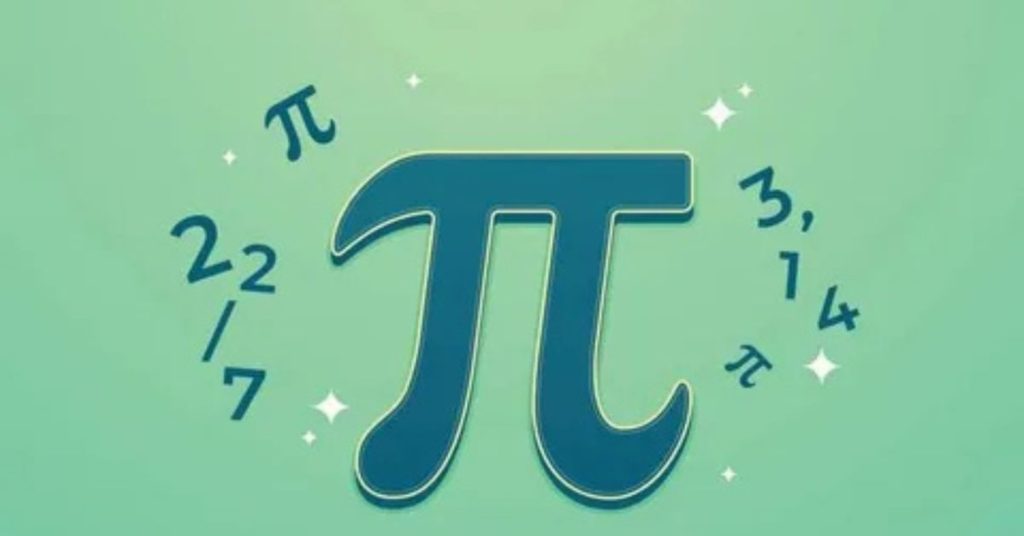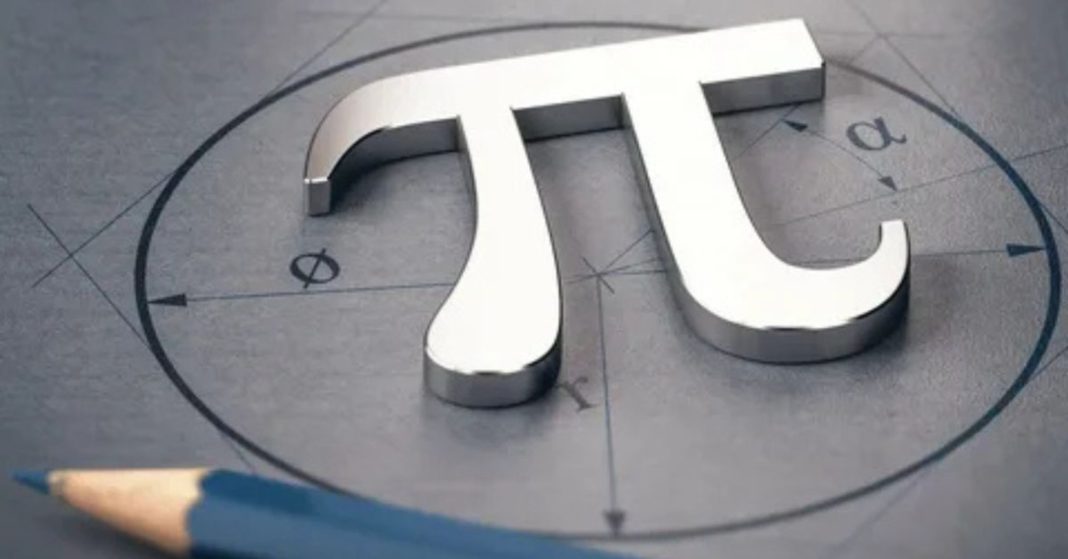Celebration of Pi Approximation Day is not just a date on the calendar. It is a day to celebrate one of the most mysterious and important numbers in mathematics — Pi. Celebrated every year on July 22, Pi Approximation Day reminds us how fascinating the world of numbers can be, especially when they help us understand the shape of the universe — the circle.
Understanding Celebration of Pi Approximation Day
What is Pi Approximation Day and Why is it Celebrated
Pi Approximation Day is observed on July 22 because the date is written as 22/7 in many countries. This fraction, 22 divided by 7, is a close approximation of the mathematical constant Pi. The value of Pi is approximately 3.14159, and 22/7 equals 3.142857, which is very close.
The purpose of Pi Approximation Day is to help students, teachers, scientists, and anyone interested in learning celebrate the significance of Pi in our everyday lives and scientific discoveries.
Celebration of Pi Approximation Day and the Mystery of Pi
What is Pi and How it Relates to Pi Approximation Day
Pi is a mathematical constant, represented by the Greek letter π, and it is used to measure the ratio of the circumference of a circle to its diameter. This ratio is the same for all perfect circles, no matter how large or small.
In simple terms:
Pi = Circumference ÷ Diameter
While Pi is a never-ending decimal that cannot be expressed exactly, 22/7 has been used for centuries as a convenient and accurate approximation. That is why Pi Approximation Day is dedicated to this simple but powerful fraction.

The History Behind the Celebration of Pi Approximation Day
Ancient Approximations Leading to Celebration of Pi Approximation Day
The concept of Pi was first studied thousands of years ago. In ancient Egypt and Babylon, people made early attempts to find the value of Pi. However, the Greek mathematician Archimedes (287 BCE – 212 BCE) was among the first to accurately estimate Pi by using geometry. He found that the value of Pi lies between 3.1408 and 3.1429, and 22/7 is a value that falls perfectly within this range.
Over time, mathematicians around the world adopted 22/7 as a quick and usable approximation, eventually giving rise to the celebration known as Pi Approximation Day.
Celebration of Pi Approximation Day versus Pi Day
What Makes Pi Approximation Day Different from Pi Day
There are actually two days in the year dedicated to celebrating Pi:
| Pi Day | Pi Approximation Day |
|---|---|
| Celebrated on March 14 (3.14) | Celebrated on July 22 (22/7) |
| Based on decimal form of Pi | Based on fractional approximation of Pi |
| Widely observed in the United States | Common in countries using day/month format |
Both Pi Day and Pi Approximation Day serve the same purpose — to promote mathematical curiosity and joy. However, Pi Approximation Day focuses on the practical use of the 22/7 value, which is especially helpful for students and early learners.
Significance of Celebration of Pi Approximation Day in Education
Why Schools and Students Observe Celebration of Pi Approximation Day
Pi Approximation Day is often celebrated in schools to help students become more interested in mathematics. On this day, teachers conduct activities, competitions, and lessons to explain how Pi works.
By understanding how Pi connects to everyday shapes like wheels, plates, and coins, students learn how math is not just theory, but something that is all around them. Pi Approximation Day makes learning math enjoyable and relatable.
Real-World Uses of Pi Celebrated on Pi Approximation Day
Applications of Pi in Science and Everyday Life
Celebration of Pi Approximation Day also highlights how Pi is essential in real-world scenarios. Here are some examples:
1. Engineering and Architecture
- Pi is used to calculate areas and perimeters of domes, arches, pipes, and round windows.
- Without Pi, architects could not accurately build circular structures.
2. Astronomy and Space Science
- Scientists use Pi to calculate planetary orbits, satellite paths, and even black hole models.
- The design of telescopes and spacecraft also involves circular geometry and thus Pi.
3. Everyday Measurements
- When cutting a round pizza, designing a round tablecloth, or calculating the distance around a wheel, Pi is used.
- Pi is applied in calculating the area and circumference of any circular object.
By understanding this, Pi Approximation Day becomes a way of appreciating how math helps in solving daily problems.
Fun and Educational Ways to Celebration of Pi Approximation Day
Pi Approximation Day is not only about numbers. It is also about enjoying math creatively. Here are fun ideas for schools and families:
1. Pie Baking and Eating
- Since “Pie” and “Pi” sound the same, baking and sharing pies shaped like circles becomes a fun part of the celebration.
2. Pi Digit Memory Challenge
- Students try to memorize and recite as many digits of Pi as possible. Some people have memorized over 1,000 digits.
3. Circle Art Projects
- Children draw and color circular objects, and measure the circumference and diameter to calculate Pi.
4. Pi Quiz Contests
- Math quizzes about the history and application of Pi help students develop deeper understanding.
These activities are easy to organize and make Pi Approximation Day both fun and meaningful.
Mathematicians Honored on Celebration of Pi Approximation Day
Pi Approximation Day also gives us a chance to remember the great minds who worked with Pi. Some of the notable figures include:
1. Archimedes
- Estimated Pi using polygons and created one of the earliest accurate values.
2. Aryabhata
- An Indian mathematician who gave a close value of Pi in the 5th century.
3. Ludolph van Ceulen
- Spent his life calculating Pi to 35 decimal places before calculators existed.
These mathematicians made it possible for us to understand the universe better through Pi, and Pi Approximation Day is the perfect time to honor them.
Conclusion: Why Celebration of Pi Approximation Day Is Important
Pi Approximation Day is more than a celebration of numbers. It is a way to explore curiosity, encourage logical thinking, and understand the role mathematics plays in shaping our physical world.
By celebrating Pi Approximation Day, both young learners and adults get to realize that mathematics is not just about solving problems in a notebook. It is a way of thinking and understanding the patterns of nature, science, and technology.
From ancient times to modern space travel, Pi continues to inspire discovery. And Pi Approximation Day reminds us that even a simple fraction like 22/7 can unlock the secrets of the universe.
Frequently Asked Questions about Celebration of Pi Approximation Day
What is Celebration of Pi Approximation Day?
Pi Approximation Day is celebrated on July 22, as 22 divided by 7 gives an approximate value of Pi, around 3.14.
Why do we celebrate Pi Approximation Day instead of only Pi Day?
While Pi Day (March 14) uses the decimal value, Pi Approximation Day celebrates the fractional value 22/7, which is easier for many people to use in basic calculations.
Is 22/7 the exact value of Pi?
No. It is an approximation. The actual value of Pi is an irrational number and cannot be expressed exactly as a fraction.
How can students benefit from Celebration of Pi Approximation Day?
Students learn to enjoy math through interactive activities, understand practical uses of Pi, and become curious about how numbers work.
Can adults celebrate Pi Approximation Day too?
Yes. Pi Approximation Day is for everyone — from school students to professional mathematicians — as it encourages learning and appreciation of science and logic.




